This 10 home case study project trialled different combinations of retrofit interventions aimed at making homes warmer, drier, and more energy efficient. Results were monitored before and after the renovations to see which retrofit combinations were the most effective.
The project asked:
How can we make any house, whether built ten, twenty or fifty years ago, more energy efficient, more water efficient, healthier to live in and more affordable for its occupants?
It showed clearly that insulation needed to be accompanied by heating to get lower energy bills AND warmer houses.
The houses
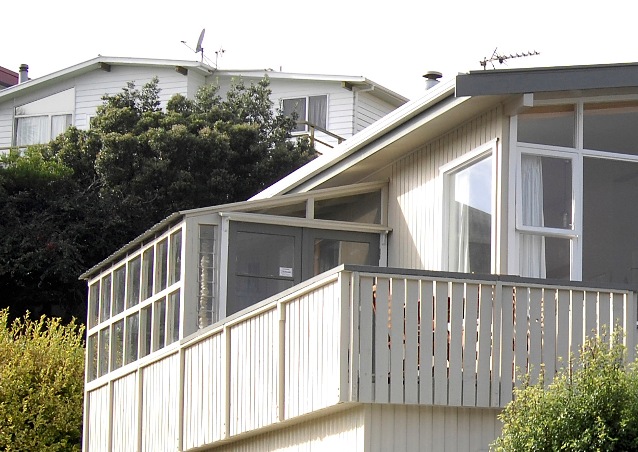

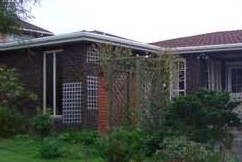
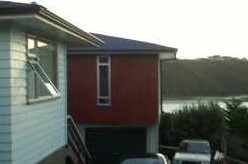
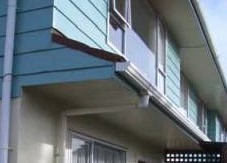
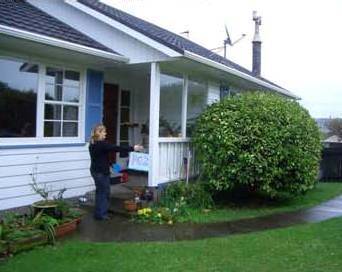
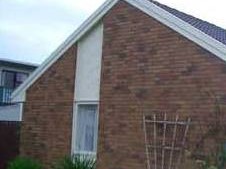


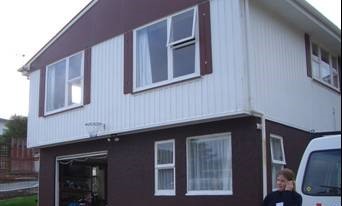

What else is in the knowledge base?
- Papakōwhai Renovations: Project summary and case studies
- Papakōwhai Renovations: Householder perceptions and experiences
- Papakōwhai Renovations: Impacts on householders and dwelling performance
- Cost benefits of sustainable housing retrofits
- Clawback of heating services in Beacon research homes
- Solar water heating in NOW Homes and Papakōwhai Renovations
- Sustainability options for retrofitting New Zealand houses: Theoretical cost benefit analysis
- Sustainability options for retrofitting New Zealand houses: Energy